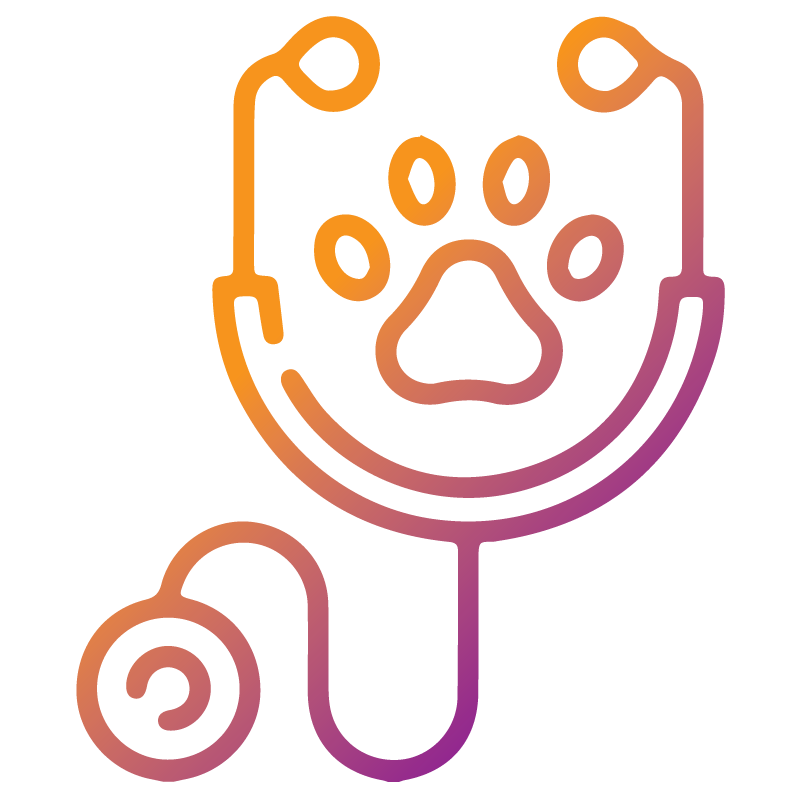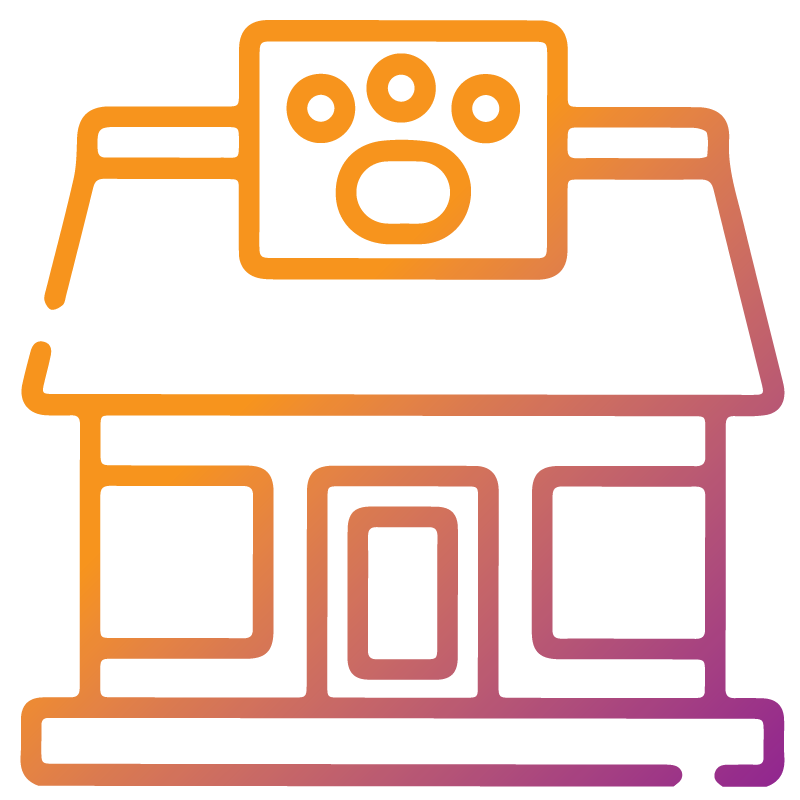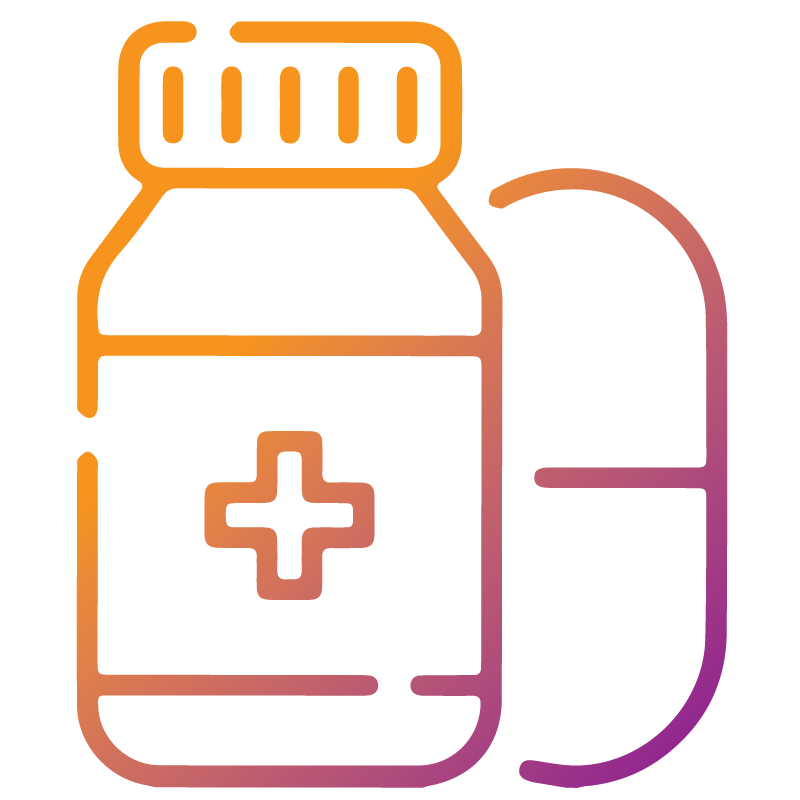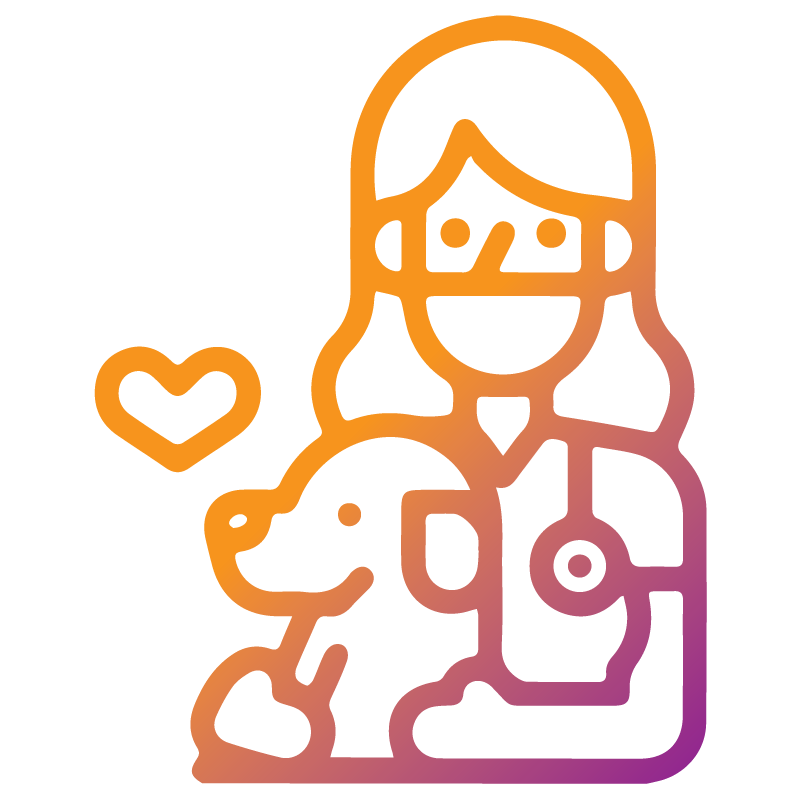Sustainable Veterinary Careers
An independent Not for Profit strategically addressing veterinary mental health
Can you imagine your world without veterinary care?
Do you love a pet or service animal? Or do you farm livestock? Enjoy equestrian sports? Or value our unique wildlife? Do you eat meat, fish or dairy foods? Rely on agriculture, international trade or tourism for income? Need antibiotics that work? Or want to avoid anthrax, Hendra virus and bird flu?
Veterinary services are in greater demand than ever before (1) to keep our animals, our environment, our economy and us healthy. But despite increased veterinary graduates and prioritised migrant schemes, 77% of Australian practices have advertised vet jobs in the last year, 30 % of those vacancies take more than a year to fill, and 13% of the profession is considering leaving within the next 12 months(2).
The importance of veterinary care
When you think about it, insufficient veterinary care has huge implications.
During the Covid19 pandemic peak, Australians looked to pets for crucial mental and physical health support. National pet numbers increased by 10% during 2020-21 COVID period; in 2021, 69% of all Australian households owned a total of 30.9 million pets(3).
Through everyday benefits of physical health and fitness, self esteem, purpose and responsibility, companionship and community connection, pet ownership improves human physical and psychological health in many ways(4). As a result, pet parents’ collective hospitalisation, medication, assisted living and rehabilitation needs are reduced. Veterinary teams’ care for companion animals is thus also preventative human medicine as pet ownership is estimated to reduce public health costs to taxpayers by $3.86 billion annually(4).
Vet-led teams protect and prepare Australia’s borders against exotic disease incursions, safeguarding our vital international trade, food security, farming communities and economy(6). Alone, arrival of Foot and Mouth Disease in Australia 2022 would cost our country between $6-62 billion over the first ten years (5). Veterinary work supports Australia’s safe, high-quality food and fibre supply for our health, homes, clothing and income. Vets also help monitor, manage and prevent serious, often fatal zoonotic diseases like Hendra virus, Rabies, Anthrax and Avian Influenza.
Healthy livestock are the foundation of farming communities and without them, cash flow, regional business and rural mental health suffers. Vets provide care and advice to Australia’s primary producers, local race meetings, shows and animal clubs, remote and disadvantaged communities, our military, and health-related service and support animals. Veterinary teams are also amongst front line responders to natural disasters, such as the 2020 bushfires and 2022 floods.
Vets guide and protect animal welfare across commercial, recreational, research and natural environments at policy, professional and practice levels. They encourage ecological sustainability and conservation activities, provide around $10 million of pro-bono care annually to wildlife and disadvantaged communities(7) and support complex human-animal bonds. They responsibly prescribe and use antibiotics, other medications and chemicals to slow resistance and prevent them entering our food.
One of the most common childhood dreams is to be a vet “when I grow up”. To qualify, students commit to 5-7 years of tertiary study and between $50,000-$260,000 in student debts. In 2022, nearly 14,000 people in Australia are registered veterinarians working within a larger community of veterinary nurses and technicians, management, customer care, administrative and technical support staff across clinical practice, government, research, teaching and industry. More than 80% of this veterinary workforce are women.
In 2018, 16% of female vets working full time in Australia earned over $120,000 a year compared to 46% of male full time vets(8). While women are increasingly leading in vet contexts, research suggests that on top of the sector’s average gender pay gap of 5%(9), “masculine” professional systems, cultures and structures contribute to women’s disproportionate progress through to roles with greater recognition, influence and pay(10).
Reflecting broader society, women, vet nurses, students and people aged 18-24 in the vet sector are at higher risk of mental health conditions(11), influenced by work and non-work issues. In 2021, animal owners’ expectations and interactions were the sector’s top contributor to developing a mental health condition; the other top nine factors relate to work practices, culture and leadership. Of the increasing number of vets working part-time, 14% choose this to sustain their mental health, 35% for family care giving reasons and 25% for personal preference (2). Vets have a suicide rate four times that of the general population(12, 13).
Veterinary teams strengthen and care for us.
During the Covid19 pandemic peak, Australians looked to pets for crucial mental and physical health support. National pet numbers increased by 10% during 2020-21 COVID period; in 2021, 69% of all Australian households owned a total of 30.9 million pets(3).
Through everyday benefits of physical health and fitness, self esteem, purpose and responsibility, companionship and community connection, pet ownership improves human physical and psychological health in many ways(4). As a result, pet parents’ collective hospitalisation, medication, assisted living and rehabilitation needs are reduced. Veterinary teams’ care for companion animals is thus also preventative human medicine as pet ownership is estimated to reduce public health costs to taxpayers by $3.86 billion annually(4).
Vets protect us, and our economy.
Vet-led teams protect and prepare Australia’s borders against exotic disease incursions, safeguarding our vital international trade, food security, farming communities and economy(6). Alone, arrival of Foot and Mouth Disease in Australia 2022 would cost our country between $6-62 billion over the first ten years (5). Veterinary work supports Australia’s safe, high-quality food and fibre supply for our health, homes, clothing and income. Vets also help monitor, manage and prevent serious, often fatal zoonotic diseases like Hendra virus, Rabies, Anthrax and Avian Influenza.
Vets support our communities.
Healthy livestock are the foundation of farming communities and without them, cash flow, regional business and rural mental health suffers. Vets provide care and advice to Australia’s primary producers, local race meetings, shows and animal clubs, remote and disadvantaged communities, our military, and health-related service and support animals. Veterinary teams are also amongst front line responders to natural disasters, such as the 2020 bushfires and 2022 floods.
Vets are crucial to OneHealth and OneWelfare.
Vets guide and protect animal welfare across commercial, recreational, research and natural environments at policy, professional and practice levels. They encourage ecological sustainability and conservation activities, provide around $10 million of pro-bono care annually to wildlife and disadvantaged communities(7) and support complex human-animal bonds. They responsibly prescribe and use antibiotics, other medications and chemicals to slow resistance and prevent them entering our food.
Veterinary people share society’s challenges.
One of the most common childhood dreams is to be a vet “when I grow up”. To qualify, students commit to 5-7 years of tertiary study and between $50,000-$260,000 in student debts. In 2022, nearly 14,000 people in Australia are registered veterinarians working within a larger community of veterinary nurses and technicians, management, customer care, administrative and technical support staff across clinical practice, government, research, teaching and industry. More than 80% of this veterinary workforce are women.
In 2018, 16% of female vets working full time in Australia earned over $120,000 a year compared to 46% of male full time vets(8). While women are increasingly leading in vet contexts, research suggests that on top of the sector’s average gender pay gap of 5%(9), “masculine” professional systems, cultures and structures contribute to women’s disproportionate progress through to roles with greater recognition, influence and pay(10).
Reflecting broader society, women, vet nurses, students and people aged 18-24 in the vet sector are at higher risk of mental health conditions(11), influenced by work and non-work issues. In 2021, animal owners’ expectations and interactions were the sector’s top contributor to developing a mental health condition; the other top nine factors relate to work practices, culture and leadership. Of the increasing number of vets working part-time, 14% choose this to sustain their mental health, 35% for family care giving reasons and 25% for personal preference (2). Vets have a suicide rate four times that of the general population(12, 13).
A world without sufficient veterinary care isn’t healthy.
SVC helps veterinary people to keep helping everyone.
An independent Not for Profit strategically addressing veterinary mental health.
There’s a lot of talk about what contributes to the high attrition rates, poor mental health and dissatisfaction in the veterinary profession. Meanwhile, social and medical scientists know a great deal about what helps people improve their mental health and maintain engagement with work.
What if we could link the two?
Sustainable Veterinary Careers (SVC) is a new, independent Not For Profit organisation under development to do just that, bringing together the many pieces of the veterinary mental health and professional attrition puzzle in a strategic and evidence-based way.
A snapshot of why, what and who is SVC?
Founded in 2020 SVC aims to to collate and disseminate the best resources to spark an industry-wide cultural shift, delivering stronger mental health and retention of veterinary professionals long into our future.
For many vets and vet nurses, the desire to care for animals often starts in childhood and can propel an individual through years of costly and demanding training to acquire the knowledge and practical skills needed to play a role in the veterinary industry.
Yet research has shown that increasing numbers of practitioners and vet nurses find the reality of their job unsustainable. Many are left feeling stressed, undervalued and frustrated to the point of quitting the industry, becoming anxious or clinically depressed, or even suicidal.
SVC was established to reverse this trend by
Improving workplace systems and culture so each person feels valued, purposeful, developed and connected
Providing people with personal tools and knowledge to help accomplish that.
Rather than reinvent the many wheels already in motion, Sustainable Veterinary Careers aims to draw them together into a supercharged movement for change.
A more satisfying veterinary future
SVC offers a novel, wholesale levy funding model and trusted independence to improve uptake of non-clinical education and resources across 3 key areas:
- personal awareness and capabilities
- leadership and management skills and knowledge
- public education about the value, costs, and humanity behind veterinary services
We’ll also measure impacts over time, to ensure that these resources are making the preventative difference we all want and need.
Working synergistically alongside professional peak bodies, regulators, educators, and service providers, SVC aims to provide a comprehensive hub for non-clinical education and resources that are easy to find, afford, trust and use, regardless of your career stage, location, role or experience in the veterinary industry.
Who benefits from SVC's work?

Veterinarians and Nurses

Managers

Practice Owners / Shareholders

Drug / Product Wholesalers
and Manufacturers

Public and Animals

Service Providers incl. Charities, AVA, CVE, Consultancies etc.

Professional Associations

Regulatory Bodies
- Veterinary Services in Australia. IBISWorld: IBISWorld; 2022.
- AVA. Veterinary Workforce Survey 2021: Analysis Report AVA; 2021.
- Australia AM. Pets and the pandemic. Animal Medicines Australia; 2021.
- RSPCA. What area the health benefits of pet ownership? RSPCA Website 2022
- Buette Mea. Consequences of a foot and mouth disease outbreak. In: Australian Department of Agriculture FaF, editor. Website: Australian Government; 2022.
- Australian Department of Agriculture FaF. https://www.agriculture.gov.au/biosecurity-trade
- [Available from: https://www.ava.com.au/about-us/trusts-foundations/animal-welfare-trust/.
- AVA. AVA Australian Veterinary Workforce Survey 2018. Australian Veterinary Association; 2019.
- SalaryExplorer. Veterinarian average salary Australia. 2022.
- Knights D, Clarke C. Gendered practices in veterinary organisations. Veterinary Record. 2019;185:vetrec-2018.
- Superfriends. AVA SF Veterinary Wellness Report. AVA; 2021 10/2021.
- Jones-Fairnie-et-al. Suicide in Australian veterinarians. Australian Veterinary Journal. 2008;86:114-6.
- Milner_et_al. Suicide in Australian Veterinarians and Vet nurses: 2001-2012. Australian Veterinary Journal. 2015;93:308-10.
